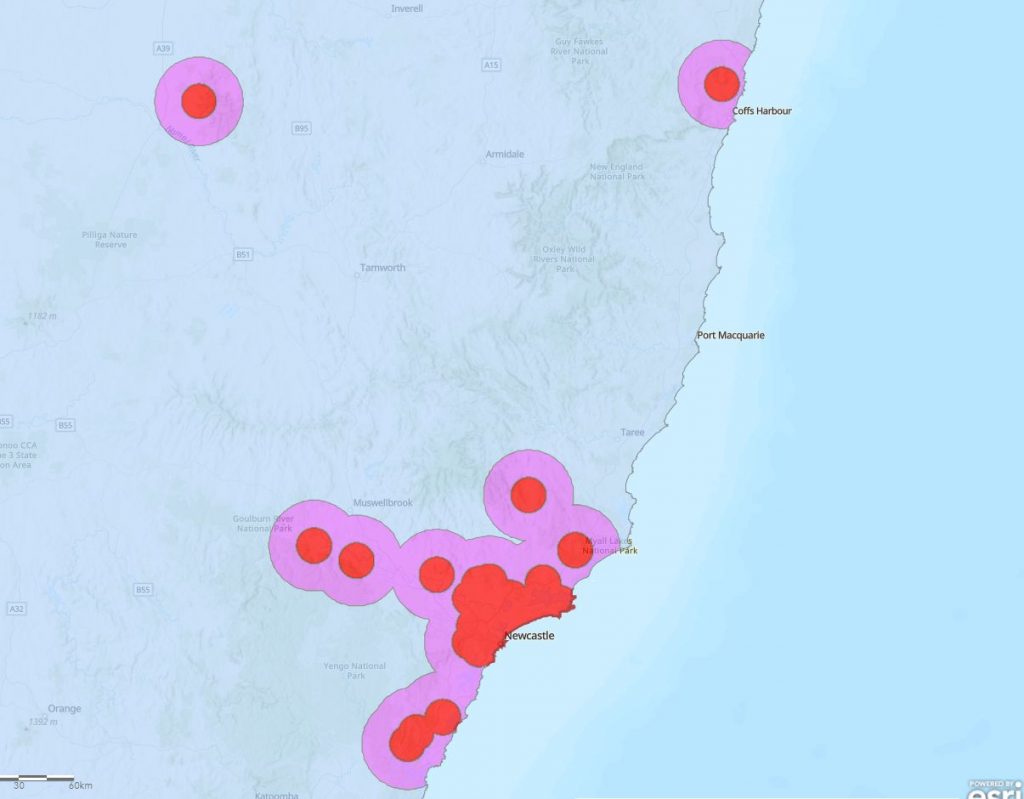
The emergency zones for the varroa mite infestation in NSW has been changed.
55 days into the biosecurity emergency, the NSW Department of Primary Industries (DPI) Biosecurity team have transitioned the yellow zone (which contains over 3,700 registered beekeepers), into the blue general emergency zone.
This means that those that were in a yellow notification emergency zone now fall under blue general biosecurity zone rules.
Minister for Agriculture Dugald Saunders said the decision shows the Department of Primary Industries (DPI) is confident about tracking where Varroa mite has travelled.
“Through stringent tracing and surveillance operations, field teams have determined the limit of natural spread around each of the infected premises (IPs),” Mr Saunders said.
“There are 2,398 hives across 466 premises that have been sampled in the notification zones and have returned negative results, giving us confidence there is no longer a need for them.”
Studies show bees usually only fly up to 5km distances or potentially up to 10km in unfavourable conditions, therefore the risk of a bee flying from an IP to a notification zone is very low and realistically would not occur.
Of the total premises in the yellow notification zones, 277 are commercial and 3,434 are recreational.
The number of infected premises remains at 97 with the majority of those in and around the Hunter Valley and Newcastle area.
Work continues on eradication of IPs in the Hunter area, and Varroa mite surveillance in the Narrabri and Nana Glen areas.
Although there have been changes to the notification zone, the existing rules remain in place for the 10km red eradication zones and the 25km purple surveillance zones.
For more information visit: https://www.dpi.nsw.gov.au/biosecurity/seasonal-pests-and-diseases/spring/varroa-mite

